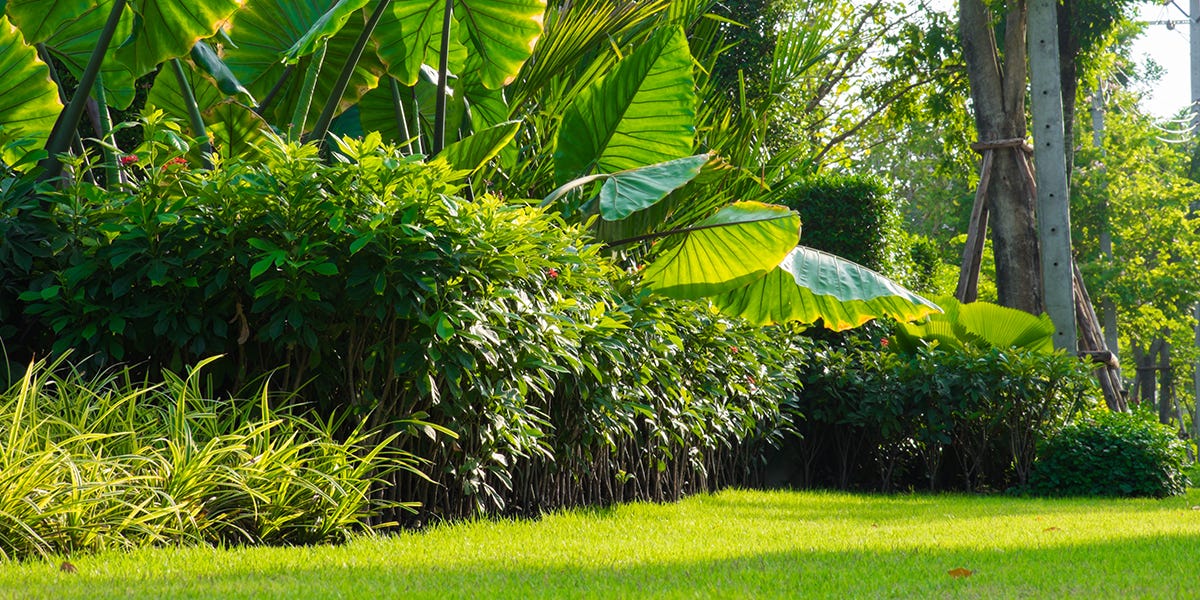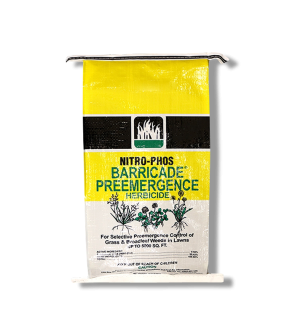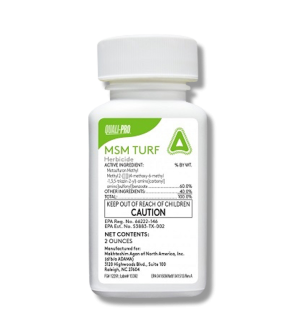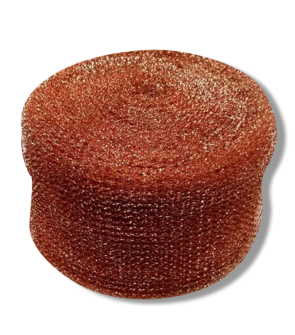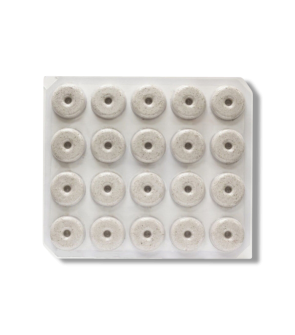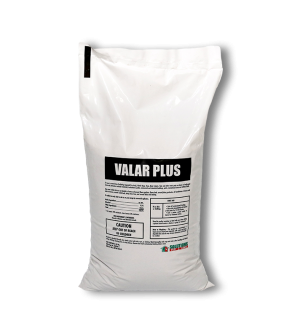Summer DIY Pest Control Tips
Most Effective Products
Summer Pest Control Tips
This article is a general care tips page for pest control problems you would encounter in the summer time. Here you can find detailed pest control care tips for a range of different scenarios where you might encounter various types of issues in your lawn in the summertime.
For most individuals, summertime is a fun and enjoyable part of the year as the warmer weather, foliage, and time spent outside increases. Unfortunately, warm weather and healthy lawns are ideal conditions for insects like grubs, mosquitos, fleas, and ticks.
From foraging, burrowing, and reproduction their activity can generate diseases, withered or stressed brown grass, and unpleasant contact with most insects such as biting.
Taking the proper precautions to make sure pests are kept at bay can be the difference between a successful summer lawn and one that is rendered unusable. If you are worried about insects ruining your summer lawn, our DIY guide to summer pest control tips will help you to eliminate pests so you and your family can enjoy an insect free yard without worry.
Identification

Has your lawn began to form random patches of brown turf and you ruled out fungi and low levels of pH? Then you may have an insect or weed infestation.
When it comes to summer infested lawns, it is important to know the type of insect and weed for a faster and accurate lawn care.
For proper insect identification ask yourself the following questions:
- Are there multiple insects in the infested area?
- Where are you seeing the insects the most, inside or outside?
- What time of day are you seeing them?
- What has the weather been like? Has there been consistent rainfall or prolonged drought?
- Are the insects in a certain stage of life like eggs, larvae, or young adulticide?
To properly identify the type of weed in your yard ask yourself the following questions:
- What are the features of the plant/disease?
- Where is it growing?
- What are the conducive conditions of the area?
- What is the climate that this weed is growing in?
- What region of the country is this plant growing?
By identifying the types of insects and weeds in your turf, you can learn how to properly control them with our detailed guides for grubs, mosquitos, fleas, ticks, grassy weeds, and broadleaf weeds.
Inspection

There are multiple areas in your turf where weeds and insects could occur, so it important to do a thorough inspection when you begin to notice signs of their activity. An inspection will help determine which weed or insect you have on your property so that you know where they are concentrated, what conditions may be helping the weed or insect to thrive and what herbicides or insecticides may best be able to control the infestation.
Where to Inspect
Scan your lawn and look for the weeds and insects like grubs, ticks, fleas, and mosquitos as described in the associated control guides. Areas such as tall grass, shaded areas, compacted soil, underneath lawn fixtures or stones outside, places with overgrown brush, parts of your yard retaining moisture from the turf to rain gutters or ditches.
Inspect areas such as around your trashcan, underneath appliances, cracks and crevices, places where moisture gathers such as the sink or where plumbing connects with the wall, carpet, and furniture.
What to Look For
Closely observe the traits of the invading plant and determine what weed it is. You should also look at the surrounding environment for anything that can tipoff why the weed is thriving. Is the soil compacted? Are their drainage issues? Is your grass undergoing a lot of stress. Finding these answers can determine how you approach control.
For inside insect infestation look for signs of feces, shed skins or body parts, eggs, and the insect themselves. In your yard look for young or adult insects underneath toys, buckets, or stones. Insects such as mosquitos, fleas, and ticks will inhabit tall grass blades that are not usually disturbed.
Once you have located and determined the type of weeds or insects you have you can then proceed to treatments.
Treatment
Once you have identified the weeds on your summer lawn, the next step would be to eliminate them through the use of herbicides. It should be noted that there are two broad types of herbicides: post-emergent, and pre-emergent.
When you are certain of the location and type of insect infesting your lawn you can address the infestation with the appropriate insecticide.
As always, before applying any insecticide or herbicide, make sure to have on the proper personal protective equipment (PPE) such as gloves, face mask or safety glasses, closed toe shoes with socks, long-sleeved shirt, and long-sleeved pants.
The following tips have been broken down into monthly sections. It is best to begin in April or May for a proper preventative treatment to be in place prior to summer.
Tip 1: Control Mosquitos in Yard

One of the things you will need to do at the beginning of summer is treat your yard for mosquitos. Mosquitos depend on warmer temperatures and occasional rainfall in the summer for breeding with ideal habitats to raise their young in, such as standing water.
If you can, remove any areas containing water such as birdbaths, rain gutter, or objects collecting water by overturning them into your yard. For large bodies of waters such as ditches then treat with BTI Mosquito Dunk.
Once applied to water it will release a bacterium known as BTI, that will disrupt the Mosquitoes' life cycle by preventing molting, egg hatching, and egg-laying.
Tip 2: Trim and Seal Up Your Yard and Home

This task should be done both indoors and outdoors to ensure those uninvited insects do not mess up your good time. Outdoors, make sure to pick a landscape area not retaining water. You should mow the lawn, trim the hedges, and eliminated overgrown shrubs or weeds. Removing excessive foliage and leaf litter will help to keep insect disturbances to a minimum.
Indoors, make sure to check your door and window screens for any holes, voids, or cracks and repair them with either a caulk or copper mesh. For those larger holes or cracks it is best to apply a copper mesh to deter insects from making their homes inside.
Tip 3: Treat Outside with Valar Plus Bifenthrin Granules
Valar Plus Bifenthrin Granules is a granular insecticide that is labeled to treat many different insect species. This product has a residual effect that can last up to 3 months and can be applied as a broadcast application over your entire yard or directly to afflicted areas.
Using a hand or broadcast spreader, apply 2.3 pounds of Valar Plus Bifenthrin Granules per 1,000 square feet of lawn. Spread this product in flower beds, around trees, and places where you have noticed insect activity.
Make sure to water your lawn with an inch of water after application to activate the product.
Tip 4: Apply Supreme IT Inside and Around Home
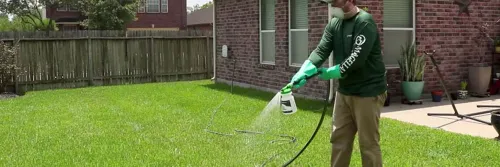
Supreme IT is a powerful liquid insecticide that will kill and repel a large variety of insects. It has a long residual effect that continues to eliminate insects for up to 90 days after first application.
Use Supreme IT in a hose-end sprayer with the appropriate amount of product. Typically, you will want to mix with 1 gallon of water in a pump sprayer.
Start by spraying at the back of the yard and work your way to the front. Spray mulch beds, flower beds, ground covers, ornamentals, the top and underneath of foliage leaves. Spraying under the leaves is important because insects will typically rest on the shaded undersides of leaves.
Next, perform a barrier treatment around your home's perimeter. You'll want to spray 3 feet up and 3 feet out from the foundation as well as windows, doors, and plumbing/electrical penetrations.
For inside your home, apply as a spot treatment as according to the product label. Make sure to remove all objects and food from the treatment area and waiting 48 hours until placing them back.
Tip 5: Seal Trash Containers Inside and Outside Home
You want insects to stay near treatment areas to make contact with the insecticides.
Because of this, competing food sources need to be either removed or properly sealed. Keep your trash sealed in trash bags and stored outside in bins with a lid. For inside trash cans make sure the bag is closed or the lid is kept closed.
As a good measure wash and rinse the inside of your trash cans to avoid making a food and habitat source for insects.
Tip 6: Mix and Apply MSM Turf Herbicide
To effectively get rid of emerged weeds, we recommend using msm turf herbicide.
Msm turf herbicide is a selective herbicide that will not harm your grass and can cover up to one acre of turf. You can apply this product with a hand pump, hose-end, or backpack sprayer. You will apply MSM Turf at the labeled rate of 0.33 ounces per acre. In smaller applications, this translates to 0.0076 ounces per 1,000 square feet of treatment area, or in metric, 0.22 grams.
When applying, change the nozzle setting to a fan nozzle so it will spray a low pressure of fine mist directly on the weeds and get an even coating on the top and bottom of the weeds leaves. Spray the weed to the point of wet, but not runoff.
You should start to see visible results of affected plants browning and wilting within 2 weeks of application. If necessary, you make conduct a reapplication of the product, but we recommend you wait at least 2 weeks after your initial treatment. Keep in mind the label restricts users to no more than 2 applications of this product per year, and there is a maximum seasonal application rate of 6.25 pints per acre.
Tip 7: Reseal Cracks and Crevices in Home
Reseal any potential entry points such as cracks, crevices, or any openings along the structure of your home or inside to prevent insects from coming inside.
You can use caulk to fill small openings, cracks, and crevices outside and inside the property. Copper mesh may also be used to block larger passageways.
By treating any damaged or cracked door screens, windows, holes or cracks in your homes foundation you are deterring pests from making a home with you as the season begins to turn cold.
Tip 8: Apply Pre-Emergent Herbicide to Lawn
Weeds can provide much needed shelter and food for insects. Not only do these unwanted plants gather insects, but they also take away vital nutrients from your turf.
A pre-emergent herbicide application in the early fall will help to prevent weeds from germinating over the winter and emerging in the following spring.
Our recommended pre-emergent herbicide is Barricade Granular Pre-Emergent Herbicide. This granular product contains prodiamine, a highly effective active ingredient that controls and prevents seeds from weeds from sprouting.
Calculate the square footage of your lawn to determine how much Barricade Granular Pre-Emergent Herbicide you will need. To do that, you will need to measure in feet and multiply the length and width of the treatment area (length x width = square footage). Depending on your turfgrass type, this product can be applied at a rate from 1.5 pounds to 4 pounds per 1,000 sq. ft. Refer to the label for appropriate mix rates of your turf.
Load Barricade Granular Pre-Emergent Herbicide at the right setting on a hand or broadcast spreader and then apply the granules until your lawn is covered evenly to get a uniform application. Make sure to follow the instructions on the label for application rates and make sure to pre-measure your lawn before application.
Key Takeaways
What are Recommended Products to Use for Summer Lawn Care?
- Summer pest control depends on application at the beginning of June with BTI Mosquito Dunk, Valar Plus Bifenthrin Granules, and Supreme IT. Followed in the previous months with inspection for unsealed trash and holes on the inside and outside of home. In the final month of summer, apply a pre-emergent herbicide to deter weeds from emerging in your yard to reduce disease and insect habitat on your turf.
What Causes Summer Lawn Pests to Invade your Yard?
- A number of conditions could cause insects to infest your yard such as tall or overgrown foliage, water gathering on your property, or weeds providing an excellent source of food for some insects as well as ideal living conditions.
